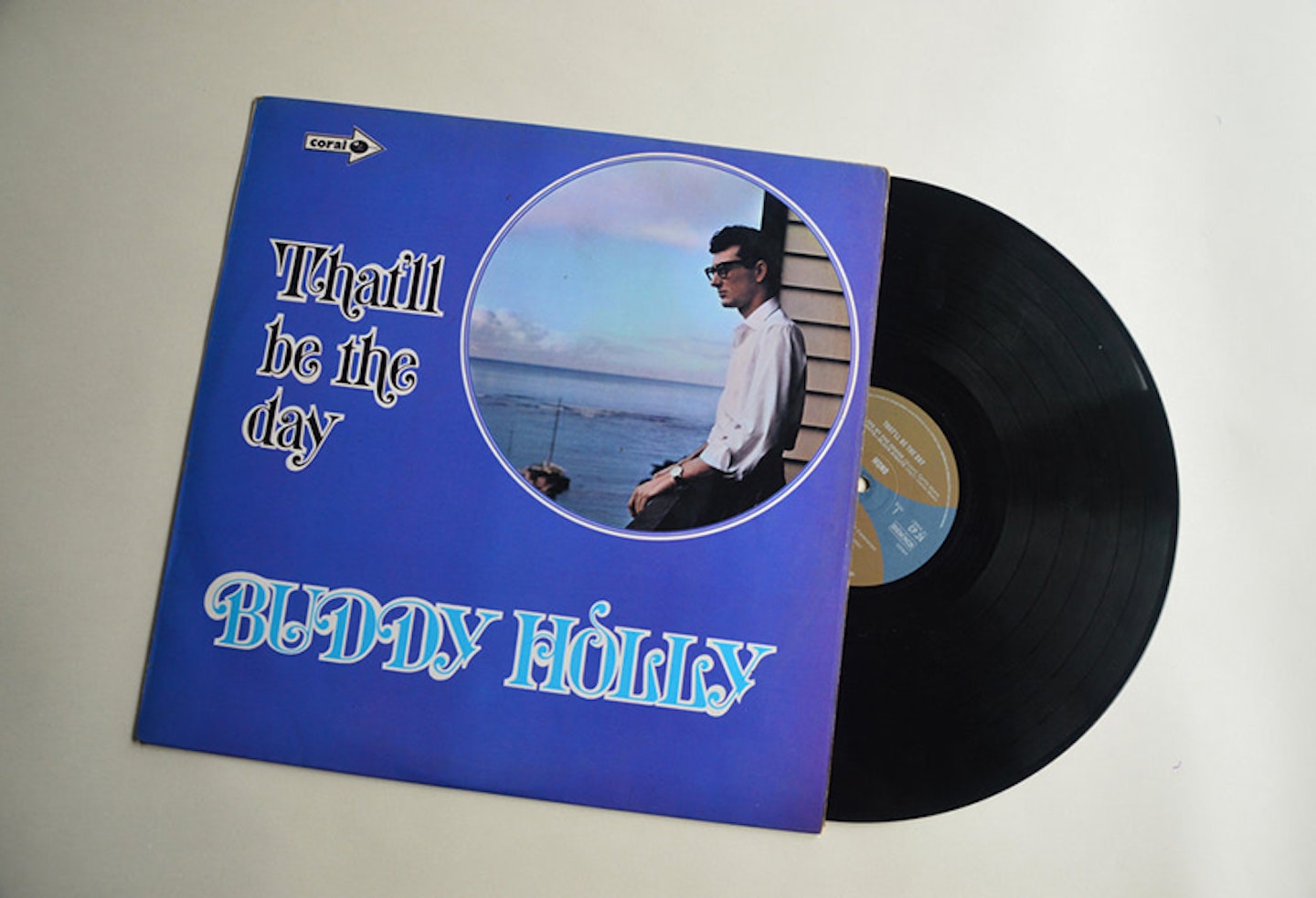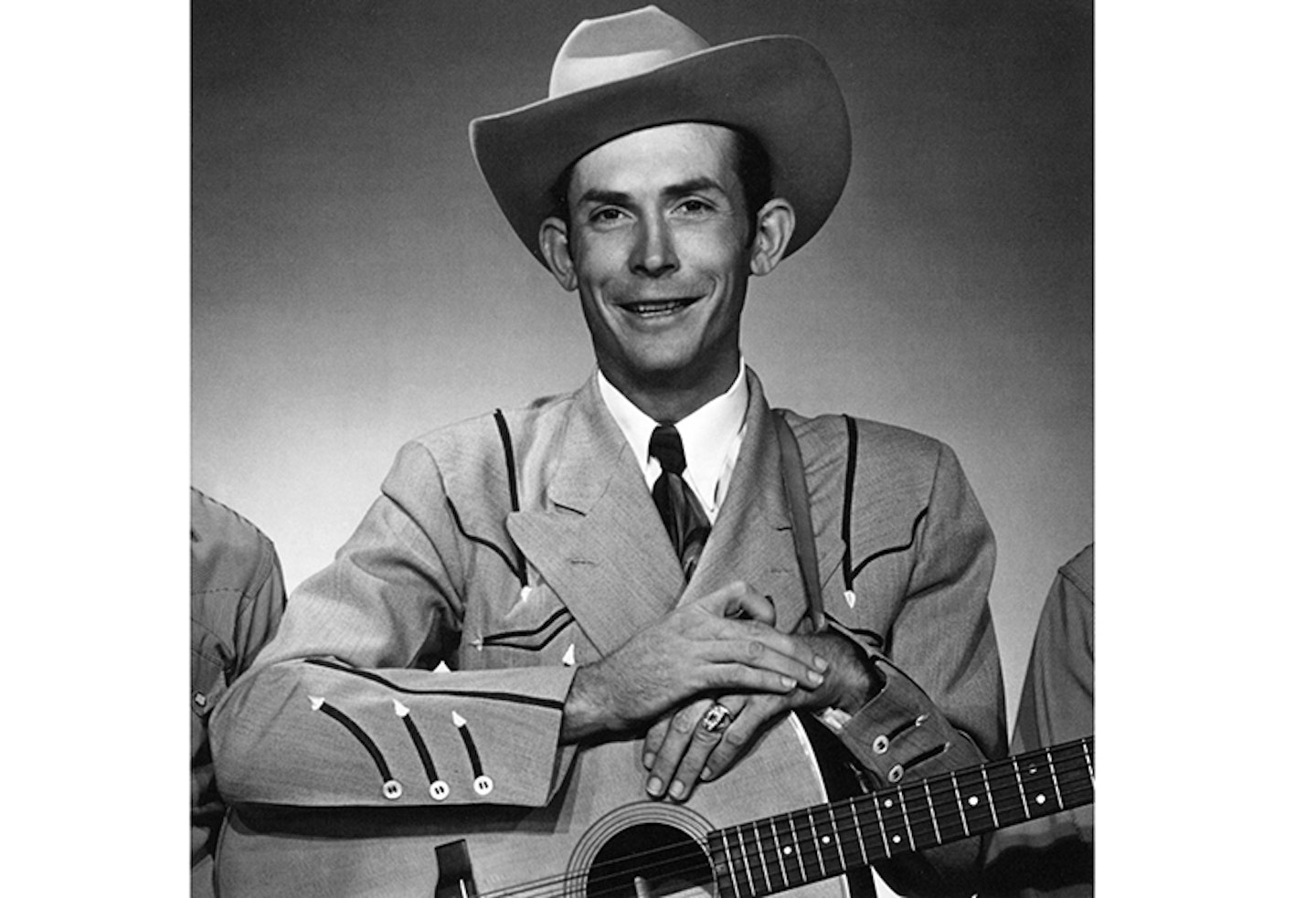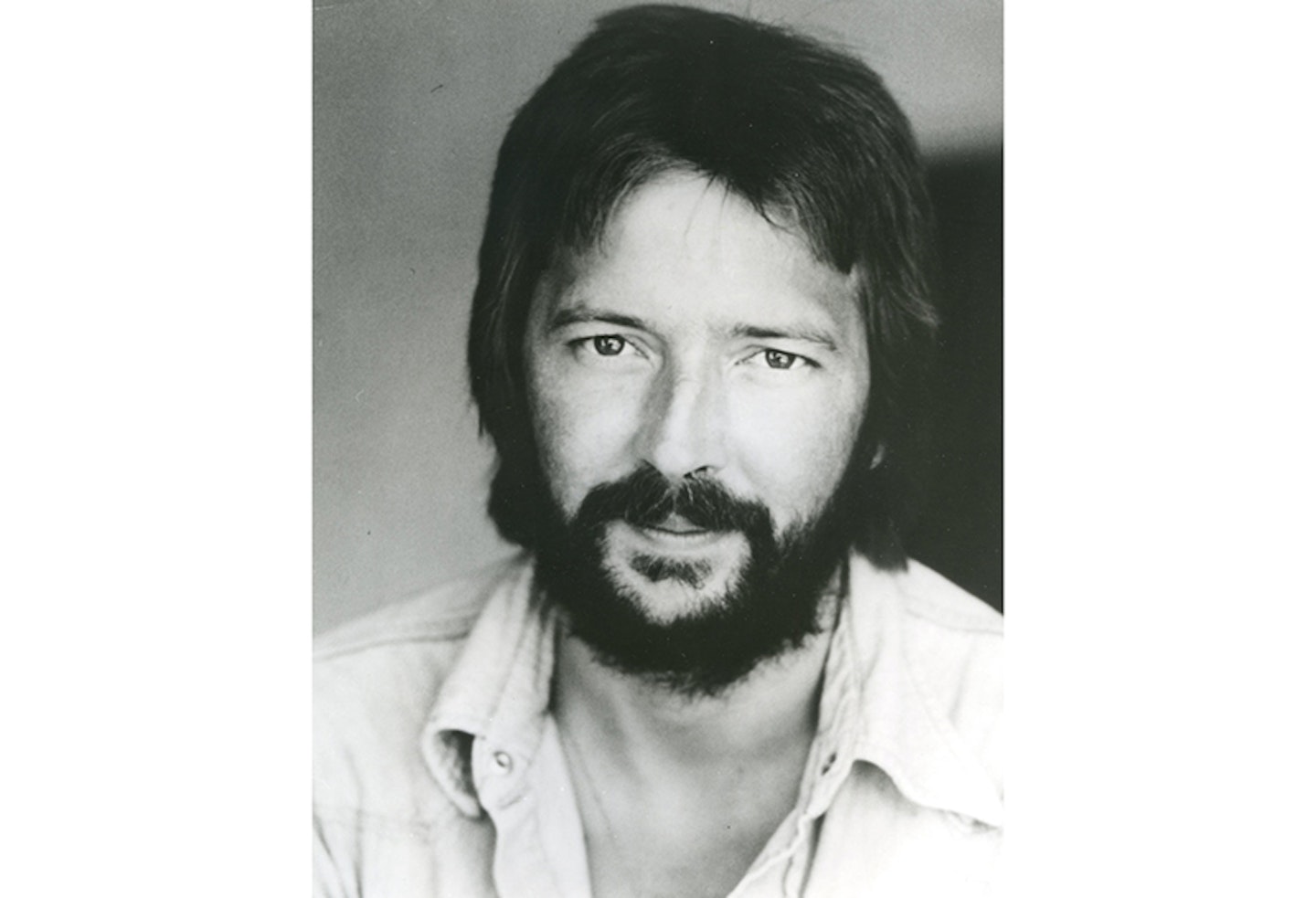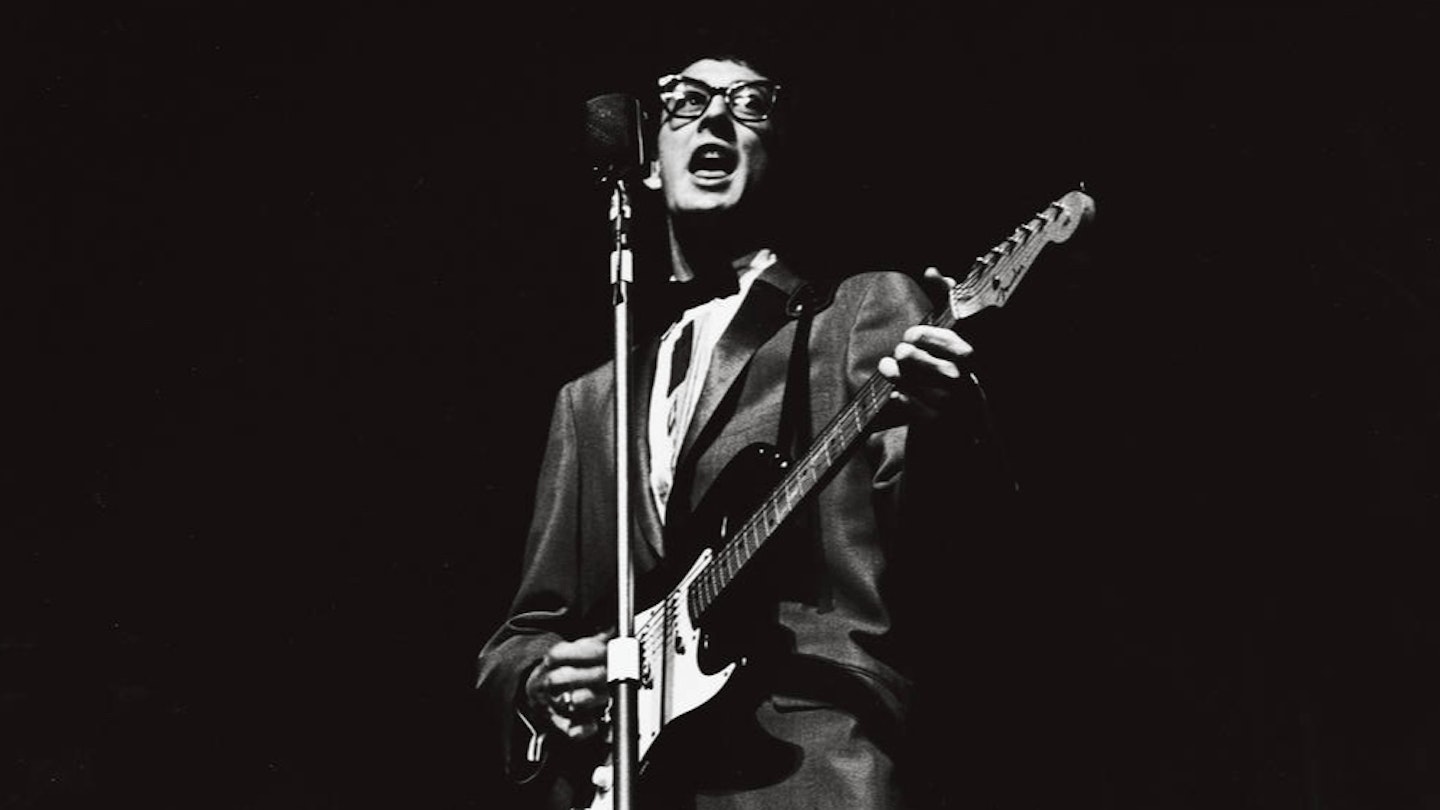Over sixty years ago, Buddy Holly's life was cut tragically short in a plane crash that also claimed the lives of The Big Bopper and Ritchie Valens. Buddy was just 22 years old and had only been famous for 18 months but his trailblazing influence has endured and shines as brightly as ever today.
Buddy Holly (born Charles Hardin Holley) changed the music business in many important ways. Before Holly it was almost unheard of for a mainstream performer to write their own material. Buddy went even further by co-producing and arranging his own work too.
His earliest influences were country and hillbilly artists such as Hank Williams and Jimmie Rodgers but by the mid-Fifties he was listening to and absorbing blues and R&B music.

By blending all these influences into his own writing, he unwittingly created the blueprint for the beat music and British invasion of the following decade – catchy, country-folk inflected melodies with driving bluesy beats.
With his band, The Crickets, he even created the band archetype of two electric guitars, bass and drums, that would remain central to rock and pop music forever after.
He was also the first mainstream artist to play a Fender Stratocaster – this new and incredibly futuristic-looking guitar had previously only been popular with country players.

Geek chic
Beyond all of his musical achievements Buddy's other great innovation was to embrace his relative unattractiveness; a geeky looking character with thick spectacles and bad teeth – he had none of the obvious star quality of Elvis Presley or Eddie Cochran.
He was an instant hit as an everyman figure with millions of similar awkward young men who suddenly realised that they might even follow in his footsteps.
John Lennon recalled that “He made it OK to wear glasses. I was Buddy Holly.” The Beatles name was a direct insect-derived tribute to Holly's Crickets and Paul McCartney stated that, “At least the first 40 songs we wrote were Buddy Holly-influenced.”
Meanwhile the young Elton John actually ruined his own eyesight in homage to his idol: “I only needed specs for reading, but as a result of wearing them all the time to try to look like Buddy Holly I became genuinely nearsighted,” he later explained.
Future Shadows lead guitarist Hank Marvin was directly inspired to move from banjo and piano to guitar after hearing Buddy Holly. Marvin was clearly influenced both musically and visually and became renowned for his Holly-like glasses, suits and Fender guitars.
That'll be the day
Ironically, while one of Holly's greatest legacies was to pioneer the concept of singer-songwriter, his own remarkably prolific body of songs has continued to have a life of its own.
In 1964 The Rolling Stones aggressive cover of Buddy's Not Fade Away was released as their first US single and was also a major British hit for the band.
Since his tragic demise, Buddy's material has been reinterpreted by hundreds of artists spanning genres.
His classic first hit, That'll Be the Day has been covered, many times, notably by Linda Ronstadt and The Everly Brothers while Peggy Sue has been reinterpreted by John Lennon, The Beach Boys and Waylon Jennings.
.jpg?auto=format&w=1440&q=80)
In 2011 a tribute compilation album of new Buddy Holly cover versions was released in celebration of what would have been his 75th birthday.
The set attracted a huge mixture of current and veteran artists including Paul McCartney, Patti Smith, Lou Reed, The Black Keys, Fiona Apple and Florence and The Machine – another testament to his continuing influence.

There remains an aura of honesty and authenticity about Buddy Holly, both the man and his beautifully crafted, simple but distinctively quirky songs.
Bruce Springsteen says: “I play Buddy Holly every night before going onstage. It keeps me honest,” while Eric Clapton recalls: “Of all the music heroes of the time, Buddy Holly was the most accessible, and he was the real thing… He was one of us.”
